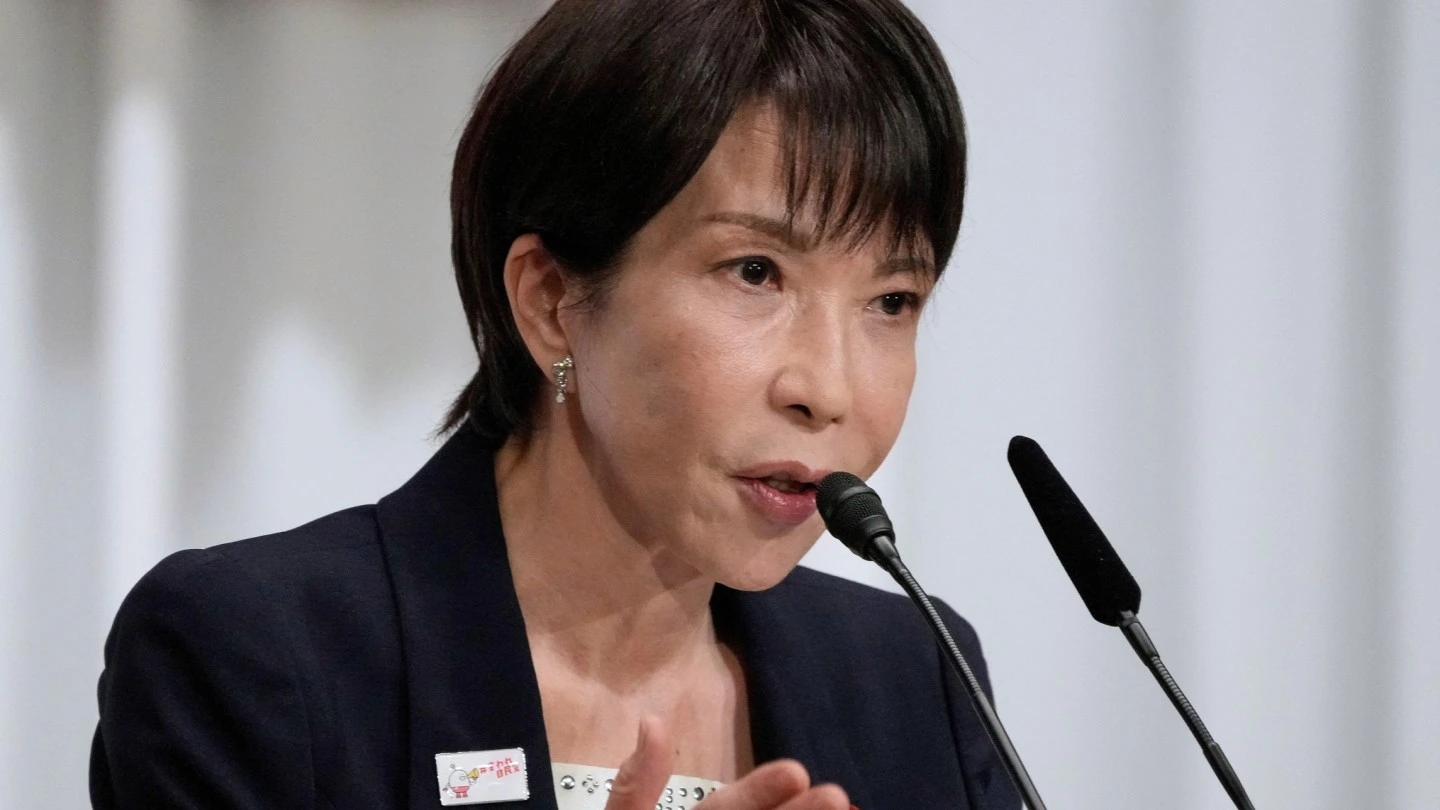TOKYO — A pivotal Sanae Takaichi coalition deal appears set to propel Japan’s conservative lawmaker into the prime minister’s office, marking the country’s first female premiership.
The agreement, struck with the Japan Innovation Party (Ishin), reshapes Japan’s political landscape and consolidates right wing power after a quarter century of coalition stability.
“I told Takaichi that we should move forward together,” said Hirofumi Yoshimura, Ishin’s co-leader and Osaka governor, on Monday. He and fellow leader Fumitake Fujita plan to meet with Takaichi later in the evening to finalize the coalition deal that will determine Japan’s next leader.
The Sanae Takaichi coalition deal comes after the dramatic collapse of the Liberal Democratic Party’s (LDP) long running partnership with Komeito. The two parties had governed together for 26 years, but the alliance unraveled after the LDP elected Takaichi as its leader, prompting Komeito to withdraw its support.
With Ishin now on board, the LDP and its new ally command 231 seats in Japan’s powerful lower house just two short of a full majority.
Even so, the numbers are enough to ensure Takaichi’s victory in Tuesday’s parliamentary vote to select Japan’s next prime minister. She only needs a majority of ballots cast, not of all members, in a runoff vote.
The market reaction was swift: the yen weakened, and Tokyo’s Nikkei share index surged more than two percent in early trading, driven by expectations of fiscal stimulus and new spending initiatives under Takaichi’s leadership
Takaichi, a 63 year old fiscal dove and defense hawk, is known for her nationalist stance and her commitment to expanding Japan’s military capabilities.
She has pledged to boost public spending, implement tax cuts, and maintain low interest rates to support households struggling under inflation pressures.
“Expectations for Takaichi’s economic policies, which include fiscal expansion and monetary easing, appear to be driving investor confidence,” said Fumika Shimizu, strategist at Nomura Securities.
However, Ishin’s economic philosophy could limit her ambitions. “The Sanae Takaichi coalition deal joins two ideologically distinct forces,” said Yusuke Nakamoto, a political scientist at Keio University.
“While Takaichi wants to expand spending, Ishin prefers smaller government and fiscal discipline. Managing those differences will be her first test of leadership.”
If confirmed, Takaichi would become Japan’s first woman prime minister a symbolic breakthrough for a nation that ranks among the lowest in gender representation within developed democracies.
According to the Inter Parliamentary Union, women make up roughly 10 percent of Japan’s lower house lawmakers, compared to 19 percent in South Korea and more than 35 percent in France and Germany.
“Takaichi’s rise would be historic, but her policies don’t necessarily advance women’s rights,” said Reiko Tanaka, a gender and politics expert at the University of Tokyo. “Her leadership will be seen more as continuity of conservative governance than a social revolution.”
In Tokyo’s Shibuya district, voters expressed mixed feelings about the new Sanae Takaichi coalition deal.
“It’s refreshing to see a woman finally breaking through Japan’s political ceiling,” said office worker Aki Sato, 34. “Even if she’s conservative, it’s still progress in a way.”
Others were less optimistic. “Her policies are too rigid and old-fashioned,” said Rina Kobayashi, a university student. “She talks about tradition more than the future. I don’t think ordinary people will benefit much.”
In Osaka, Ishin’s home base, some residents viewed the deal more pragmatically. “If Ishin can keep government spending efficient while Takaichi drives growth, it might actually balance out,” said Hiroshi Watanabe, a small business owner.
Takaichi’s immediate task after Tuesday’s expected victory will be forming a functioning government. Her administration must negotiate with smaller opposition blocs to pass a supplementary budget aimed at offsetting inflation’s effects on consumers.
Foreign policy challenges also loom large. Takaichi supports revising Japan’s pacifist constitution to formally recognize its Self Defense Forces and increasing defense spending amid growing regional threats from China and North Korea.
Her regular visits to Tokyo’s Yasukuni Shrine a site honoring Japan’s war dead, including convicted war criminals may also reignite tensions with neighboring countries.
“Diplomatic friction is almost inevitable,” said Masato Endo, a former diplomat and current analyst at the Japan Center for Strategic Studies. “But her coalition with Ishin might offer a pragmatic balance on domestic issues.”
As the Sanae Takaichi coalition deal clears the way for Japan’s first female premiership, it reflects both a historic milestone and a new test for the country’s conservative establishment.
Takaichi’s leadership will likely blend economic stimulus with traditional nationalism, underpinned by cautious cooperation with her new Ishin partners.
Whether this alliance marks a transformative era or simply a reconfiguration of old power structures will depend on how effectively she manages Japan’s pressing economic and geopolitical challenges in the months ahead.

